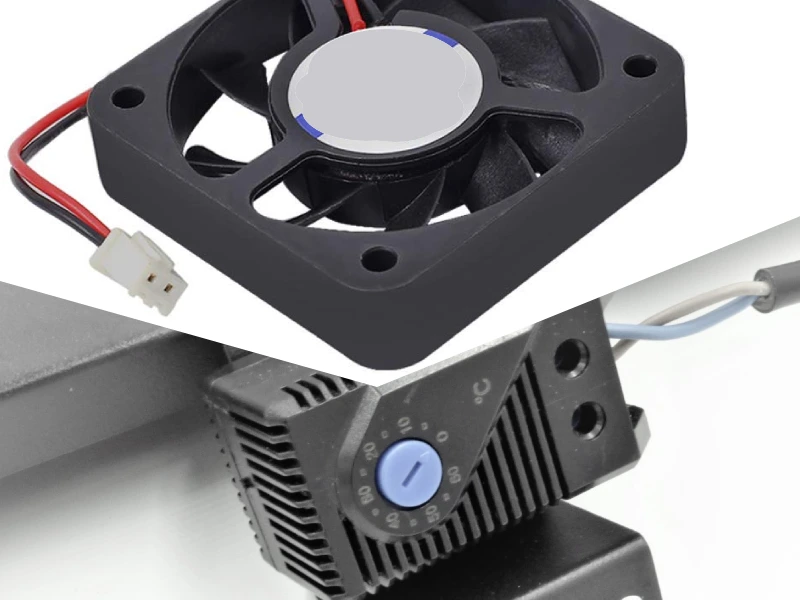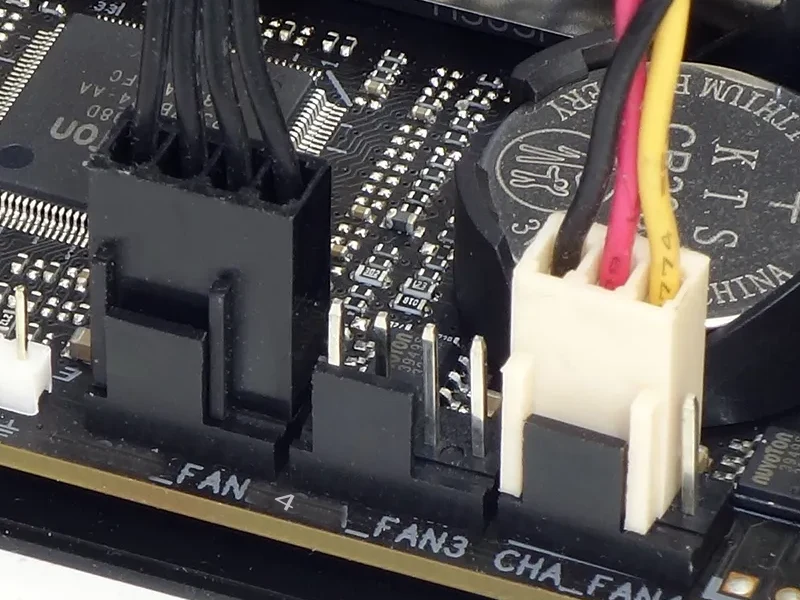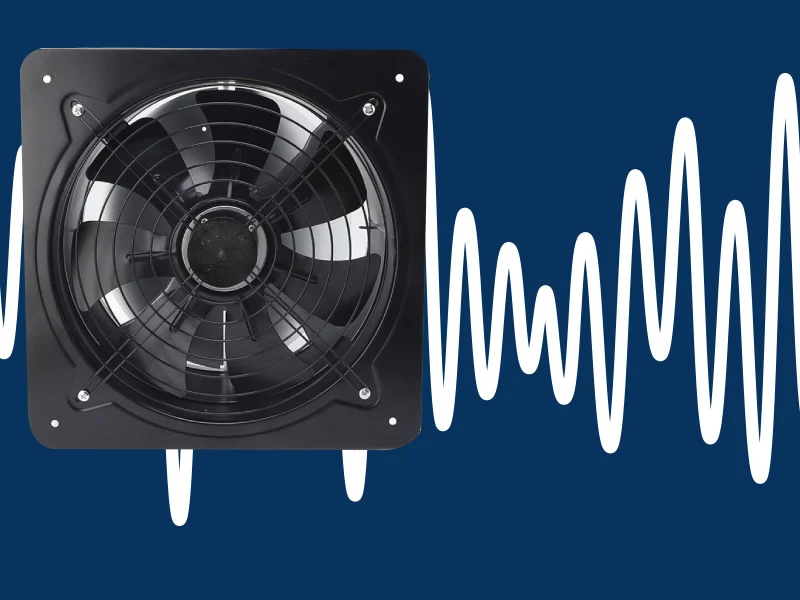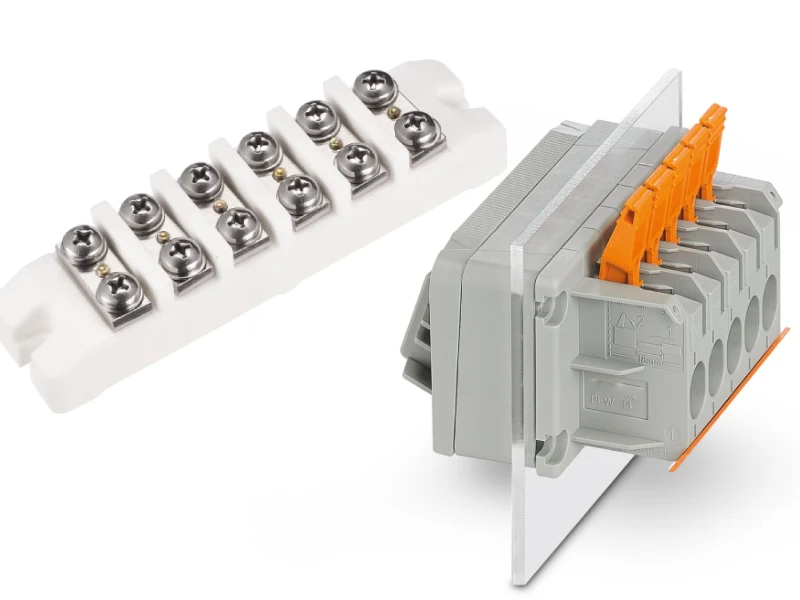Fans with thermostat let you relax while your HVAC keeps your home comfort steady. You get automated temperature control and better airflow. No more fiddling with settings, and you save on bills.
- Cooling costs drop by 10-40%.
- Heating costs fall up to 30%.
- Higher thermostat settings mean less energy use.
Key Takeaways
- Fans with thermostats automatically adjust to keep your home comfortable, saving you time and energy.
- Using these fans can lower your cooling costs by 10-40% and heating costs by up to 30%.
- Regular maintenance, like changing air filters, helps your system run efficiently and last longer.
How Fans With Thermostat Operate

Automated Temperature Control
You probably want your home to feel just right without having to adjust the settings all the time. Fans with thermostat make this possible. These systems use sensors to check the temperature in your rooms. When the temperature goes above or below your chosen setting, the fan turns on or off automatically. This keeps your space comfortable with almost no effort from you.
There are many types of thermostats used in home fan systems. Here’s a quick look at the most common ones:
| Type | Description |
|---|---|
| Digital Thermostats | Programmed to detect room temperature and efficiently operate HVAC systems. |
| Programmable Thermostat | Allows for temperature regulation throughout the day or night with daily/weekly settings. |
| Smart Thermostat | Learns your behavior for optimal heating/cooling efficiency and may include voice control features. |
| Wi-Fi Thermostat | Connects to a wireless network for remote temperature adjustments via smartphone or computer. |
| Non-Programmable Thermostat | Basic thermostat requiring manual adjustments for temperature changes. |
With a smart thermostat, you can even control your fan and HVAC system from your phone or computer. Some models learn your habits and adjust the temperature for you. Others let you set schedules for different times of day. This means you get the right temperature when you need it, and you don’t have to remember to change the settings.
Automated control does more than just save you time. It also helps your fan work better and saves energy. Here’s how:
- The system can adjust based on when you’re home, the time of day, or even the weather outside.
- Advanced controls let your HVAC respond quickly to changes in your environment, so you stay comfortable.
- You can set up triggers or manage your system remotely, which means less manual work for you.
When indoor temperatures change, fans with thermostat respond right away. If your room gets too warm, the fan kicks in to cool things down. If it gets chilly, the system can help spread warm air. This keeps your comfort level steady, even if the weather outside changes a lot.
Continuous Air Circulation
You might not think about it, but air needs to move to keep your home feeling fresh. Fans with thermostat help with this by running at the right times to keep air flowing. This constant movement does more than just keep you cool. It also helps with air quality.
- More air diffusers and steady airflow make people feel better about the air and temperature in their homes.
- Good circulation lowers the amount of dust, pollen, and other stuff that can make you sneeze or feel sick.
- Studies show that fans and ventilation systems can cut down on indoor pollutants, making your home healthier.
Smart thermostats can also help manage humidity. By keeping moisture levels in check, they stop mold and allergens from growing. Some systems even work with air purifiers or special filters. This means you get cleaner air without having to do much extra work.
Tip: If you or someone in your home has allergies, using fans with thermostat can make a big difference. They help keep the air moving and reduce things that trigger allergies.
Continuous air circulation also helps your HVAC system last longer. When air moves freely, your system doesn’t have to work as hard. This means fewer repairs and a longer life for your equipment.
In short, fans with thermostat give you comfort, cleaner air, and less hassle. You get to enjoy your home while the system does the work for you.
Heat Distribution Fan and Airflow Benefits
Eliminating Hot and Cold Spots
Have you ever walked from one room to another and felt a sudden change in temperature? That’s a common problem in many homes, especially if you have high ceilings or large open spaces. A heat distribution fan can help fix this issue. It works by moving warm air down from the ceiling during winter and spreading cool air during summer. This process keeps the temperature steady in every corner of your home.
When you use a heat distribution fan, you don’t have to worry about hot or cold spots. The fan mixes the air, so you feel the same temperature wherever you go. Studies show that these fans can lower energy costs by up to 70% just by redistributing air. You get a more comfortable home and save money at the same time.
Destratification fans, which are a type of heat distribution fan, do a great job of normalizing temperatures. They keep the air moving, which means your heating and cooling system doesn’t have to work as hard. This leads to lower utility bills and less wear on your equipment. If you want your home heating and cooling to be more efficient, adding a fan with thermostat is a smart move.
Tip: If you have rooms that always feel too warm or too cold, try running your heat distribution fan more often. You’ll notice a big difference in comfort.
Balanced Temperature and Air Quality
Balanced airflow does more than just keep you comfortable. It also helps improve air quality in your home. When air moves steadily, it carries away dust, pollen, and other things that can make you sneeze or feel stuffy. This is especially important if you or your family have allergies.
Let’s look at how balanced airflow from a heat distribution fan can boost your comfort:
- Convective Cooling: The fan moves air across your skin, swapping out warm air for cooler air. This makes you feel cooler, even if the temperature stays the same.
- Evaporative Cooling: More air movement helps sweat evaporate faster, which cools your body down. This works best when the air isn’t too humid.
- Wind-Chill Effect: Moving air can make the room feel cooler than it really is. You get the comfort you want without turning down the thermostat.
A heat distribution fan also helps your home heating and cooling system run better. When air flows evenly, your hvac system doesn’t have to work overtime. This means you use less energy and your equipment lasts longer. Here’s a quick look at the numbers:
| Intervention Type | Energy Savings (%) | Airflow Improvement (%) |
|---|---|---|
| Average | 41 – 60 | 10 – 46 |
You can see that using a heat distribution fan can lead to big savings and better airflow. If you use a variable-speed fan, you get even more energy savings compared to older, single-speed fans. Continuous operation of your furnace fan can keep temperatures steady, but newer fans use less power and work smarter.
- Circulating fans help keep temperatures even, so you lose less heat.
- They can change the temperature in your home by 4 to 8 degrees without making you less comfortable.
- This can cut your heating and cooling costs by 10 to 15 percent each year.
When you use fans with thermostat, you get a home that feels better and costs less to run. You also help improve air quality, which makes your space healthier for everyone.
Enhancing Indoor Comfort and Efficiency
Energy Savings With Fan Settings
You want your home to feel comfortable without wasting energy. Setting your thermostat to AUTO lets your hvac system run only when needed. This helps you save money and keeps your indoor comfort steady. If you set the thermostat to ON, the fan runs all the time, which can help with air circulation but might use more energy.
Here are some tips for maximizing comfort and energy efficiency:
- Set your thermostat to 78°F when you’re home during hot months.
- Raise the temperature by 5–7 degrees when you leave the house.
- Use ceiling fans to move cool air around and make rooms feel more comfortable.
- Keep daytime temperatures around 78°F for the best balance of comfort and energy efficiency.
- At night, consider adjusting the temperature a few degrees higher if you feel comfortable.
Tip: Using fans with thermostat in your home hvac system helps you maintain comfort while lowering utility bills.
Practical Tips for Use and Maintenance
Taking care of your hvac system keeps it running smoothly and improves energy efficiency. You should change air filters regularly. Dirty filters make your system work harder and waste energy. Schedule professional servicing at least once a year to catch problems early.
Here’s a quick checklist for fan and thermostat care:
- Inspect outdoor fan blades for damage or debris.
- Make sure your thermostat is installed away from drafts and direct sunlight.
- Double-check wiring diagrams before installation.
- Use electrical tape or wire nuts to secure wires.
- Follow the manufacturer’s maintenance guidelines.
Regular maintenance helps your fans with thermostat last longer and keeps your indoor comfort high.
Fans with thermostats help you stay comfortable, save energy, and breathe cleaner air.
- You can set higher temperatures and still feel cool, cutting costs by up to 20%.
- Smart settings and regular maintenance keep your system running smoothly.
Tip: Use programmable thermostats and schedule routine checkups for the best results!
FAQ
How do fans with thermostats improve my hvac system?
Fans with thermostats help your hvac system keep temperatures steady. You get better airflow, less energy use, and more comfort in every room.
Can I install a fan with thermostat myself?
You can install some models yourself. Always check the instructions. If you feel unsure, call an hvac professional for help.
What maintenance do fans with thermostats need?
Change air filters often.
Clean fan blades.
Schedule yearly hvac checkups to keep everything running smoothly.




